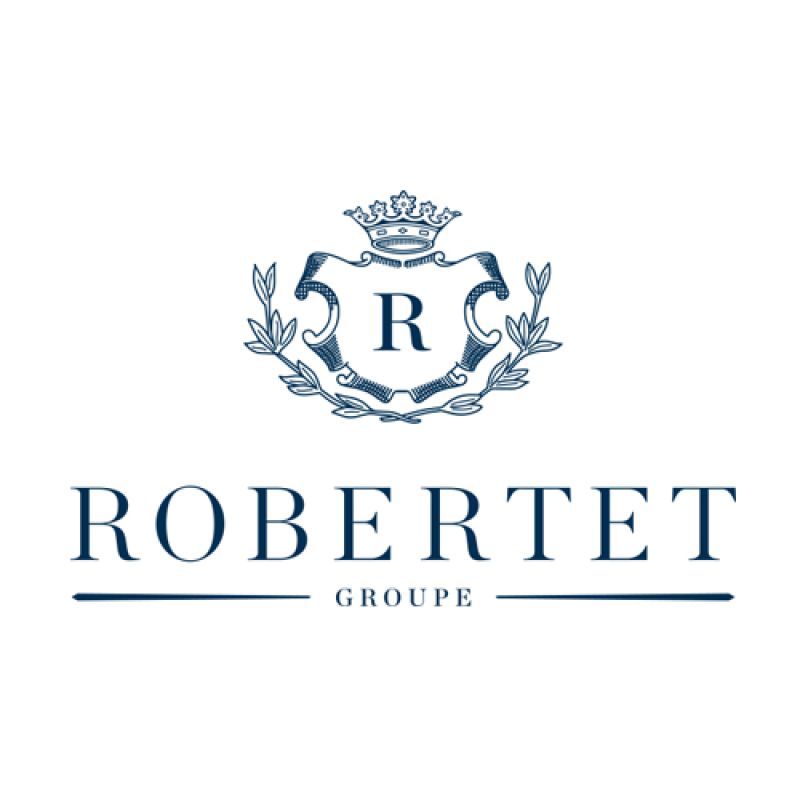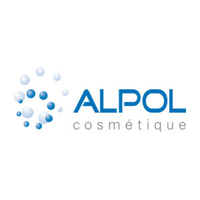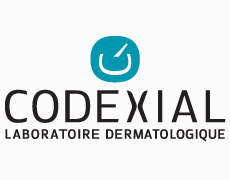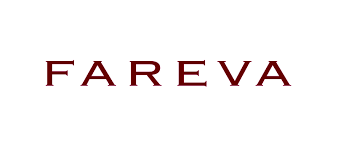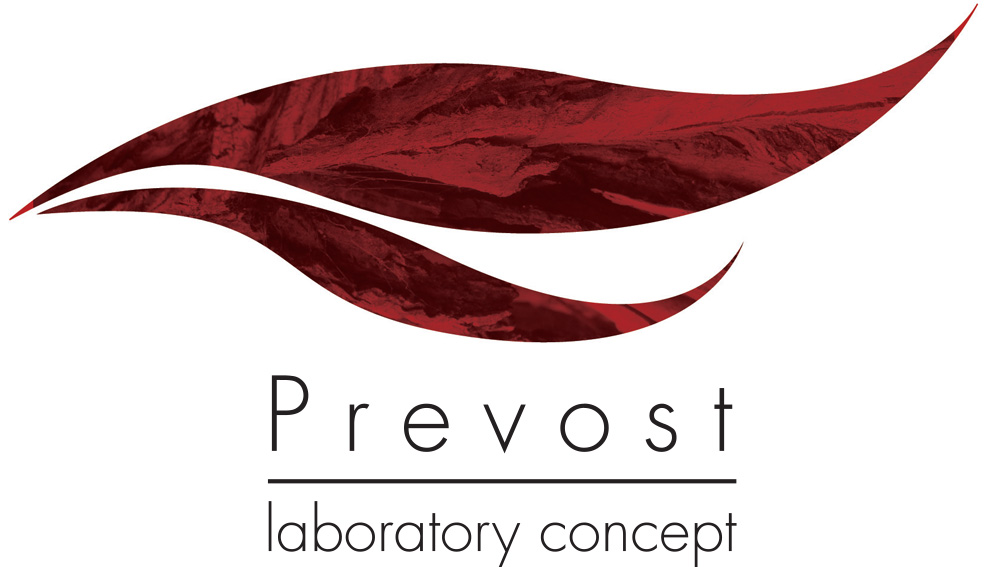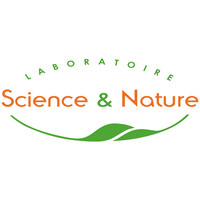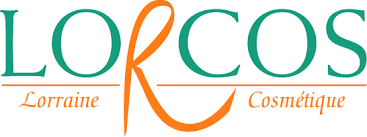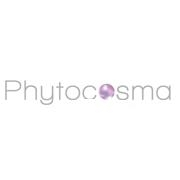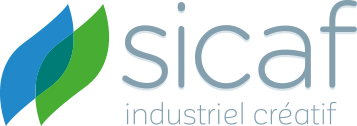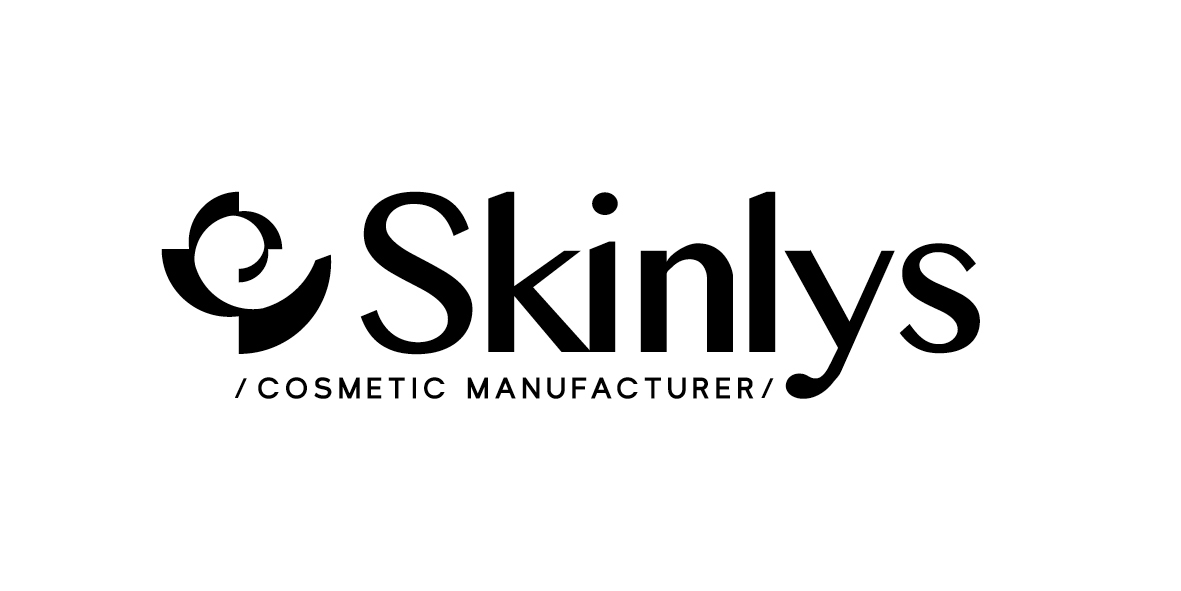Synthèse
The global cosmetics market has shown resilience and returned to growth following the impact of the Covid-19 pandemic in 2020, which led to a significant 17% drop in beauty product sales in France in the first half of the year. As the market recovers, the global cosmetics industry is estimated to be worth over $262 billion in 2022, with a forecast annual growth rate of 4.2% for the years ahead.
France occupies a strong position in this market, with a substantial trade surplus and major players such as L'Oréal, which participates in a concentrated market dominated by industry giants. The European cosmetics market, of which France is a major contributor, represents 22% of the world market.
The market is segmented into skin care, hair care, fragrances and make-up, with skin care leading the way. Innovations are driving the market, with the organic and men's cosmetics sectors showing dynamic growth, despite inflationary pressures on consumer prices. The French cosmetics market is particularly characterized by its fragmentation and the presence of a multitude of SMEs, which are adapting to changing consumer demand for more natural and organic products.
While in-store sales remain a primary channel for cosmetics purchases in France, online sales are gaining in importance, significantly influenced by beauty influencers and social platforms.
Dynamic trends and changing demand in the French cosmetics market
The French cosmetics market is renowned for its excellence and innovation, with leading companies such as L'Oréal and Yves-Rocher driving international demand, particularly from emerging economies such as India. This strong demand has enabled the market to remain dynamic and grow, despite intense competition and concentration between the major cosmetics giants that dominate the market. These giants must constantly innovate to meet the changing preferences of consumers, who are increasingly concerned about the environment and product transparency.
Growing consumer interest in organic and natural products has been a game-changer for the industry, forcing many manufacturers to introduce organic product lines into their product ranges. The market's agility in responding to trends has enabled it to maintain its competitive edge despite the negative effects of the Covid-19 crisis. In the first half of 2020, with sectors such as lipstick seeing a staggering 75% drop in sales in the first six months, and a 26% decline for the year as a whole. However, the French cosmetics market continues to show a positive trajectory, benefiting from a substantial trade surplus.
In Europe, the cosmetics market is worth around 80 billion euros, with France playing a leading role, particularly in the design and manufacture of skincare and make-up products. The sector is supported by a rich mosaic of over 1,000 companies, with France boasting the highest number of SMEs in the industry. These SMEs often occupy niche markets, such as organic and ethnic cosmetics.
Investment in innovation and modernization remains a priority for cosmetics manufacturers, whether they are large corporations or SME subcontractors. Cutting-edge R&D and production technologies are essential to maintain the pace of innovation and respond to changing consumer and retailer demand.
Cosmetics sales in traditional supermarkets and hypermarkets have declined, but these retail giants still hold almost half the market share of cosmetics sales. Online sales are growing, with a significant percentage of women buying beauty products over the Internet. The influence of social networks and beauty influencers is also changing purchasing behavior. Cosmetics prices, influenced by raw material costs and production expenses, have been trending upwards. However, prices for body care products are relatively stable, showing signs of market stabilization.
Pioneers and innovators: profiles of key players in the cosmetics industry landscape
The global cosmetics market is a dazzlingly diverse landscape, characterized by a fusion of traditional brands that have become household names and small, fast-growing pioneers, carving out unique niches in a dynamic industry.
In this mix of innovation and tradition, several players stand out for their significant impact, extensive reach and pioneering approaches to beauty and personal care.
- L'Oréal: With a heritage spanning more than a century, L'Oréal is an industry beacon, renowned for its extensive portfolio that caters to a myriad of beauty preferences and needs. As the world's largest cosmetics company, it stands out for its dedication to research and innovation, with an arsenal of over one hundred thousand beauty patents. L'Oréal's omnipresence in the market is reinforced by its commitment to sustainable development and technology, as evidenced by its acquisition of a stake in Debra.debut Biotech, a synthetic biology company at the forefront of the creation of environmentally-friendly, resource-saving products.
- Unilever: Another titan in the field, Unilever's beauty and personal care division boasts a vast array of brands that resonate with consumers worldwide. Strategic acquisitions and brand diversification have enabled Unilever to maintain a dominant presence in various segments, from high-end skincare lines to basic personal hygiene products.
- Procter & Gamble (P&G): P&G's influence in cosmetics is undeniable, with a long-standing reputation for quality and trust. The consumer goods giant has a sizeable market share thanks to its strong range of skin care, hair care and toiletry products, which remain consumer favorites.
- Yves-Rocher: Emblematic of the botanical beauty movement, Yves-Rocher upholds a strong ethic of natural ingredients and environmentally-friendly practices. With its roots in the heart of Brittany, France, the brand exemplifies the blend of tradition and modernity, offering a wide range of skincare and make-up products that echo the company's environmental conscience.
- Fareva: Less recognized by the public but certainly central to the industry, Fareva has strengthened its position on the international stage by offering a range of skincare and make-up products that reflect the company's environmental conscience
- Cosmetic Valley: Cosmetic Valley is the benchmark French cosmetics and perfume cluster in Europe and worldwide. Renowned as a hub of innovation, Cosmetic Valley is the world's leading resource for cosmetic expertise. It groups together 150 companies and 7,000 employees. This competitive cluster accelerates industry growth through its strong support for start-ups and its commitment to encouraging collaborative efforts in research and development.
à la compréhension de ce marché
Détail du contenu
 Informations
Informations
- Nombre de pages : 30 pages
- Format : Version digitale et PDF
- Dernière mise à jour : 06/06/2023
 Sommaire et extraits
Sommaire et extraits
1 Market overview
1.1 Presentation and definition
In France, cosmetic products are defined by article L.5131-1 of the French Public Health Code as "any product intended to be placed in contact with the superficial parts of the human body, with a view to cleaning, perfuming, modifying the appearance of, protecting, maintaining in good condition or correcting body odors ". This category therefore includes skincare products (moisturizers, anti-wrinkle creams, body moisturizers, etc.) and make-up products (foundations, powders, varnishes, mascaras, etc.).
France enjoys a significant competitive advantage in this market, with representative companies in the sector such as L'Oréal and Yves-Rocher exporting and benefiting from very dynamic demand in emerging countries such as India. However, the market is highly competitive and concentrated in the hands of a few cosmetics giants, who must constantly innovate and reinvent themselves to keep pace with changing consumer needs, and hinder the entry of a growing number of small, specialized players. Growing interest in issues such as the environment and transparency, with greater attention being paid to product origin, is enabling new entrants to position themselves on the market. As a result, many manufacturers are now offering organic products in response to strong demand in recent years.
With the Covid-19 crisis and pandemic-related restrictions (teleworking, wearing masks, etc.), sales of beauty products fell by around 17% over the first six months of 2020, with a different impact depending on the different market segments. [LCI] Hygiene-related products are up on 2019, while the lipstick market has suffered a 75% drop in sales over the first six months and 26% over the whole period. [LCI] However, the market now seems to be showing good momentum, with the global market set to grow by over 4% annually in the years ahead, and the French market enjoying a substantial trade surplus.
1.2 The global cosmetics market
The global cosmetics market is valued at over $*** billion in **** according to Grand View Research, and is expected to continue growing at an annual rate of *.*% in the years ahead. This gives us the following estimates:
World cosmetics market World, ****-****, in billions of dollars Source: Grand View Research * forecasts
Historically, ...
1.3 Europe, the world market leader
In ****, the European cosmetics market is estimated at ** billion euros. [***]
European cosmetics markets Europe, ****, in billions of euros Source: ****
The most buoyant segments in the European market are :
Skin care and toiletries Hair care Fragrance Make-up
The weights of these different segments are represented in the graph below, with the skin ...
1.4 France, a leader in European and global markets
The French cosmetics industry benefits from strong foreign demand. French cosmetics exports will reach $**.* billion by ****. Roughly three-quarters of the sector's exports will be for skincare and fragrances.
While French exports of cosmetics are destined for countries all over the world, exports to Asian markets are particularly strong exports to Asian ...
1.5 The impact of COVID-19 on the cosmetics market
Perfumes and color cosmetics have seen a sharp decline in ****, but overall demand for beauty products remains strong, as consumers turn instead to the skincare, hair care and personal care categories in ****, all of which are less disrupted by new Covid-** routines and lend themselves well to online discovery and purchase.gories ...
2 Demand analysis
2.1 Cosmetics consumption in France
Almost all women are consumers of cosmetics, which is not necessarily the case for men. Around **% of women say they have already used a common cosmetic product (***), while the penetration rate of cosmetics among men was only **% in ****. [***] Yet products for men are booming, as we'll see in the rest of ...
2.2 End consumers increasingly sensitive to product composition
Consumers are increasingly wary of the cosmetics and food industries, and are paying more and more attention to product quality and the sustainability of the value chain. The Yuka start-up responds to consumers' need for transparency by, for example, enabling cosmetics and food products to be scanned and classified according to ...
2.3 The development of "home-made" products
Alongside the trend for organic products, the fashion for "homemade" cosmetics is attracting more and more consumers, and represents a new threat to traditional players in the cosmetics industry [***]. numerous beauty blogs and YouTube channels promote this "Do It Yourself" practice, inviting users to master the manufacture of their own products ...
2.4 Men's cosmetics market on the rise
According to a report by Persistence Market Research, the global market for men's skin care products is expected to grow at a compound annual growth rate of *% between **** and ****. The following global estimates can be provided:
Evolution of the global men's cosmetics market World, ****-****, in millions of euros Source: ****
In ...
3 Market structure
3.1 A fragmented market with an international reputation
A dense industrial fabric fueled by an international reputation
France has a reputation for excellence in terms of know-how and product quality in the cosmetics production sector[***]
On the one hand, subsidiaries of major groups with large production sites and R&D centers, such as L'Oréal and Pierre Fabre, both ...
3.2 Specialized players bound by demanding specifications
In addition to the production subsidiaries of major groups, whose business is sustained and boosted by the brand's image, the many industrial cosmetics manufacturers who subcontract on behalf of the various brands and distributors are bound by ever more demanding, rapidly evolving specifications.in addition, the many industrial cosmetics manufacturers who ...
3.3 Investments in innovation and modernization of production tools
Whether they are subsidiaries of major groups or SME subcontractors for distributor companies, all market players, bound by the requirements mentioned above, logically focus their biggest investments on two key competitive factors:
Innovation and R&D, enabling them to offer a flexible, tailor-made product range, adapted to distributors' requirements and evolving ...
3.4 Cosmetics production
The costs
The cost of the cosmetic shapingprocess depends on a number of factors. The nature of the formula chosen is essential, since it will determine a series of factors influencing the price charged by the shaper:
The choice of raw materials; The choice of natural or organic products; The quality ...
3.5 A decline in cosmetics sales in supermarkets and hypermarkets, which remain the leading distribution channel
Distribution of finished cosmetics is generally handled by the customer, not the manufacturer.
To do this, cosmetics groups rely on several distribution segments, targeting distinct customer groups depending on the nature and range of their products. Supermarkets and hypermarkets (***) account for around half of cosmetics salesof cosmetics sales, offering a full ...
4 Offer analysis
4.1 The different categories of cosmetics
Cosmetics converting covers all the products traditionally associated with the sector. In fact, groups using subcontractors for their finishing activities do so indiscriminately for different types of products:
Skincare products (***), which include moisturizers, anti-wrinkle creams, suncare products, hand and foot creams and body moisturizers; Make-up, including eyeshadows, foundations, powders, nail polishes, ...
4.2 Innovations in cosmetics production
While the major cosmetics groups distinguish themselves by marketing top-of-the-range products, players in the shaping industry are trying to stand out by establishing themselves in niche markets, of which the following are a few examples:
The medical aesthetics sector
At a time when cosmetic surgery operations are costly and have recently ...
4.3 Consumer prices for cosmetics
With regard to the price of cosmetics in France more generally, the consumer price of beauty products has already been rising for several years according to Insee figures, and, like many consumer goods, has also undergone inflation in ****.
Consumer price index for cosmetics (***) France, ****-****, base *** in **** Source: ****
Consumer prices for ...
5 Regulations
5.1 Regulations governing products from manufacture to distribution
Pre-marketing regulations
These are detailed by :
The French National Agency for the Safety of Medicines (***) and health products; Regulation (***) n°****/**** of the European Parliament and Council of November **, **** on cosmetic products since July **, ****; The French Public Health Code (***).
Before a cosmetic product can be marketed, it must be able to meet ...
6 Positioning the players
6.1 Segmentation
The following segmentation of market players is used:
- Robertet
- Alkos Cosmétiques Groupe
- Alpol Cosmétiques
- Codexial Dermatologie
- Fareva
- Laboratoires Lebeau
- Laboratoires Prevost
- Laboratoire Science & Nature
- Lorcos
- Phytocosma
- SICAF
- Skinlys
- Technature
- Sephora
- Nocibé (Douglas Groupe)
- Marionnaud France
- Caudalie
- Pierre Fabre
- Galderma
- Weleda
- Revlon
- Rocher Groupe (Yves Rocher)
- Rituals Cosmetic
- Clarins Groupe
- Beiersdorf
- Berdoues
- Sisley
- Unbottled
- Rogé Cavaillès
- Cofatech
- Gilbert Groupe
- Aesop (L'Oréal groupe)
- Vabel Groupe - Sarbec Cosmetics
- La Prairie
- Anjac Health and Beauty
 Liste des graphiques
Liste des graphiques
- Taux de croissance annuels des produits cosmétiques
- Part de marché des cosmétiques par région
- Chiffres d'affaires des principaux producteurs de cosmétiques
- Marché mondial des cosmétiques
- Nombre de PME dans le marché des cosmétiques par pays
Toutes nos études sont disponible en ligne et en PDF
Nous vous proposons de consulter un exemple de notre travail d'étude sur un autre marché !
Dernières actualités
Entreprises citées dans cette étude
Cette étude contient un panorama complet des entreprises du marché avec les derniers chiffres et actualités de chaque entreprise :
 Choisir cette étude c'est :
Choisir cette étude c'est :
Accéder à plus de 35 heures de travail
Nos études sont le résultat de plus de 35 heures de recherches et d'analyses. Utiliser nos études vous permet de consacrer plus de temps et de valeur ajoutée à vos projets.
Profiter de 6 années d'expérience et de plus de 1500 études sectorielles déjà produites
Notre expertise nous permet de produire des études complètes dans tous les secteurs, y compris des marchés de niche ou naissants.
Notre savoir-faire et notre méthodologie nous permet de produire des études avec un rapport qualité-prix unique
Accéder à plusieurs milliers d'articles et données payantes
Businesscoot a accès à l'ensemble de la presse économique payante ainsi qu'à des bases de données exclusives pour réaliser ses études de marché (+ 30 000 articles et sources privées).
Afin d'enrichir nos études, nos analystes utilisent également des indicateurs web (semrush, trends…) pour identifier les tendances sur un marché et les stratégies des entreprises. (Consulter nos sources payantes)
Un accompagnement garanti après votre achat
Une équipe dédiée au service après-vente, pour vous garantir un niveau de satisfaction élevé. (+33) 9 70 46 55 00
Un format digital pensé pour nos utilisateurs
Vous accédez à un PDF mais aussi à une version digitale pensée pour nos clients. Cette version vous permet d’accéder aux sources, aux données au format Excel et aux graphiques. Le contenu de l'étude peut ainsi être facilement récupéré et adapté pour vos supports.
 Nos offres :
Nos offres :
the cosmetics market | France
- Quels sont les chiffres sur la taille et la croissance du marché ?
- Quels leviers tirent la croissance du marché et leur évolution ?
- Quel est le positionnement des entreprises sur la chaine de valeur ?
- Comment se différencient les entreprises du marché ?
- Données issues de plusieurs dizaines de bases de données
Pack 5 études (-15%) France
- 5 études au prix de 75,6€HT par étude à choisir parmi nos 800 titres sur le catalogue France pendant 12 mois
- Conservez -15% sur les études supplémentaires achetées
- Choisissez le remboursement des crédits non consommés au terme des 12 mois (durée du pack)
Consultez les conditions du pack et de remboursement des crédits non consommés.
- 02/04/2024 - Mise à jour des données financières de l'entreprise Technature
- 02/04/2024 - Mise à jour des données financières de l'entreprise Skinlys
- 02/04/2024 - Mise à jour des données financières de l'entreprise SICAF
- 02/04/2024 - Mise à jour des données financières de l'entreprise Phytocosma
- 02/04/2024 - Mise à jour des données financières de l'entreprise Lorcos
- 02/04/2024 - Mise à jour des données financières de l'entreprise Codexial Dermatologie
- 02/04/2024 - Mise à jour des données financières de l'entreprise Fareva
- 02/04/2024 - Mise à jour des données financières de l'entreprise Laboratoires Lebeau
- 02/04/2024 - Mise à jour des données financières de l'entreprise Laboratoires Prevost
- 02/04/2024 - Mise à jour des données financières de l'entreprise Laboratoire Science & Nature
- 02/04/2024 - Mise à jour des données financières de l'entreprise Robertet
- 02/04/2024 - Mise à jour des données financières de l'entreprise Alkos Cosmétiques Groupe
- 02/04/2024 - Mise à jour des données financières de l'entreprise Alpol Cosmétiques
- 01/03/2024 - Mise à jour des données financières de l'entreprise Galderma
- 01/03/2024 - Mise à jour des données financières de l'entreprise Marionnaud France
- 01/03/2024 - Mise à jour des données financières de l'entreprise Nocibé (Douglas Groupe)
- 01/03/2024 - Mise à jour des données financières de l'entreprise Sephora
- 01/01/2024 - Mise à jour des données financières de l'entreprise Skinlys
- 01/01/2024 - Mise à jour des données financières de l'entreprise Phytocosma
- 01/01/2024 - Mise à jour des données financières de l'entreprise SICAF
- 01/01/2024 - Mise à jour des données financières de l'entreprise Technature
- 01/01/2024 - Mise à jour des données financières de l'entreprise Lorcos
- 01/01/2024 - Mise à jour des données financières de l'entreprise Laboratoire Science & Nature
- 01/01/2024 - Mise à jour des données financières de l'entreprise Laboratoires Prevost
- 01/01/2024 - Mise à jour des données financières de l'entreprise Laboratoires Lebeau
- 01/01/2024 - Mise à jour des données financières de l'entreprise Alkos Cosmétiques Groupe
- 01/01/2024 - Mise à jour des données financières de l'entreprise Alpol Cosmétiques
- 01/01/2024 - Mise à jour des données financières de l'entreprise Codexial Dermatologie
- 01/01/2024 - Mise à jour des données financières de l'entreprise Fareva
- 01/01/2024 - Mise à jour des données financières de l'entreprise Robertet
- 26/11/2023 - Ajout des informations de l'entreprise Anjac Health and Beauty
- 04/11/2023 - Mise à jour des données financières de l'entreprise Galderma
- 04/11/2023 - Mise à jour des données financières de l'entreprise Marionnaud France
- 04/11/2023 - Mise à jour des données financières de l'entreprise Nocibé (Douglas Groupe)
- 04/11/2023 - Mise à jour des données financières de l'entreprise Sephora
- 09/10/2023 - Ajout des informations de l'entreprise La Prairie
- 03/09/2023 - Mise à jour des données financières de l'entreprise Technature
- 03/09/2023 - Mise à jour des données financières de l'entreprise Skinlys
- 03/09/2023 - Mise à jour des données financières de l'entreprise SICAF
- 03/09/2023 - Mise à jour des données financières de l'entreprise Phytocosma
- 03/09/2023 - Mise à jour des données financières de l'entreprise Lorcos
- 03/09/2023 - Mise à jour des données financières de l'entreprise Laboratoire Science & Nature
- 03/09/2023 - Mise à jour des données financières de l'entreprise Laboratoires Prevost
- 03/09/2023 - Mise à jour des données financières de l'entreprise Laboratoires Lebeau
- 03/09/2023 - Mise à jour des données financières de l'entreprise Fareva
- 03/09/2023 - Mise à jour des données financières de l'entreprise Codexial Dermatologie
- 03/09/2023 - Mise à jour des données financières de l'entreprise Alpol Cosmétiques
- 03/09/2023 - Mise à jour des données financières de l'entreprise Alkos Cosmétiques Groupe
- 03/09/2023 - Mise à jour des données financières de l'entreprise Robertet
- 03/08/2023 - Mise à jour des données financières de l'entreprise Galderma





 Unbottled accélère le déploiement de ses boutiques - 13/04/2024
Unbottled accélère le déploiement de ses boutiques - 13/04/2024
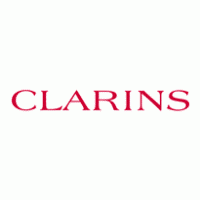 Clarins mise sur ses boutiques pour grandir aux États-Unis et en Chine - 05/04/2024
Clarins mise sur ses boutiques pour grandir aux États-Unis et en Chine - 05/04/2024
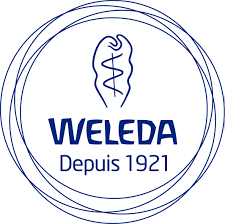 Weleda France lance avec de nouveaux cosmétiques - 08/03/2024
Weleda France lance avec de nouveaux cosmétiques - 08/03/2024
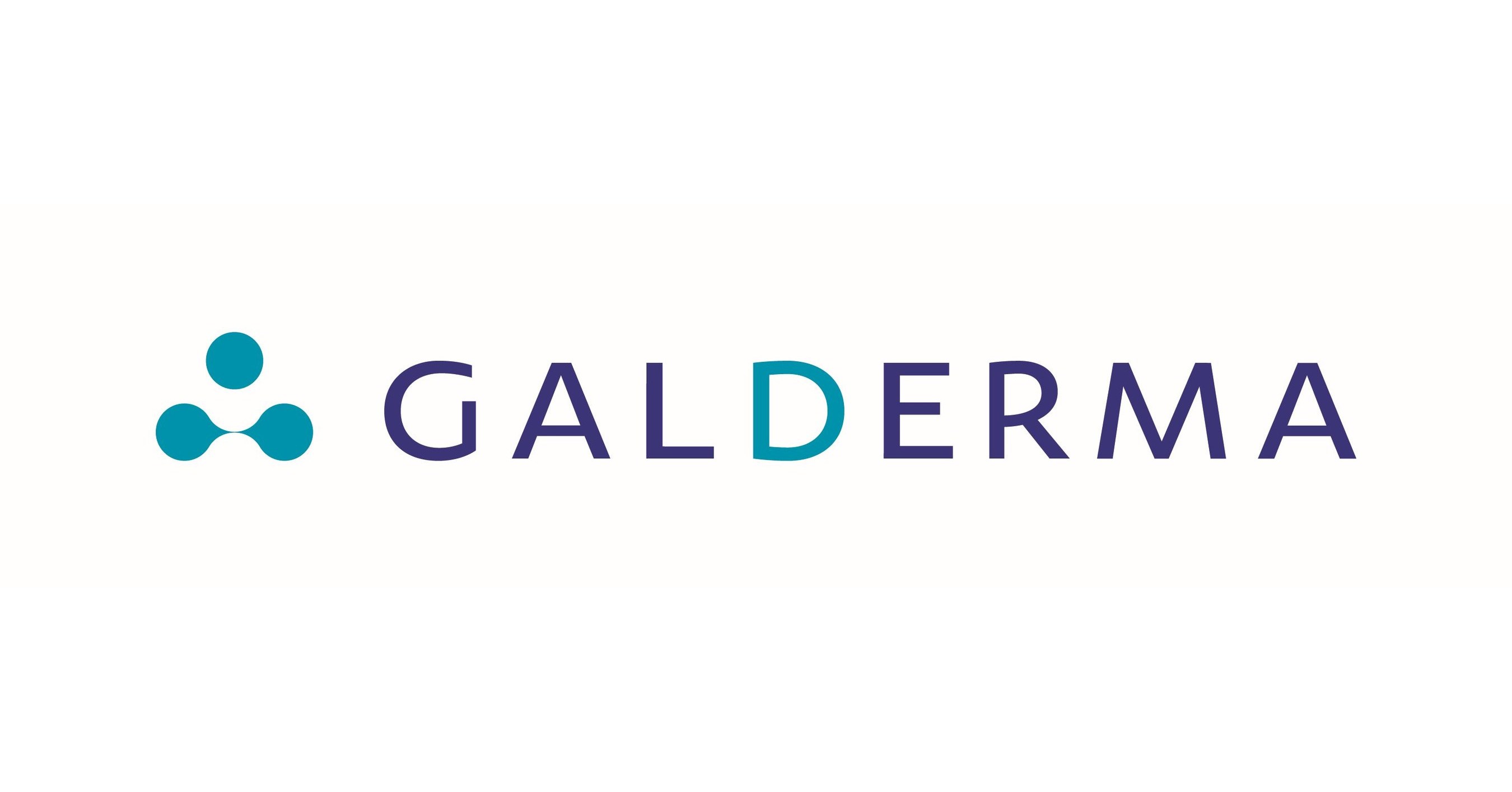 Le laboratoire suisse de dermatologie Galderma entre en Bourse - 07/03/2024
Le laboratoire suisse de dermatologie Galderma entre en Bourse - 07/03/2024
 Résultats : Beiersdorf porté par sa marque Nivea en 2023 | Performance : Beiersdorf boosté par Nivea en 2023 - 29/02/2024
Résultats : Beiersdorf porté par sa marque Nivea en 2023 | Performance : Beiersdorf boosté par Nivea en 2023 - 29/02/2024
